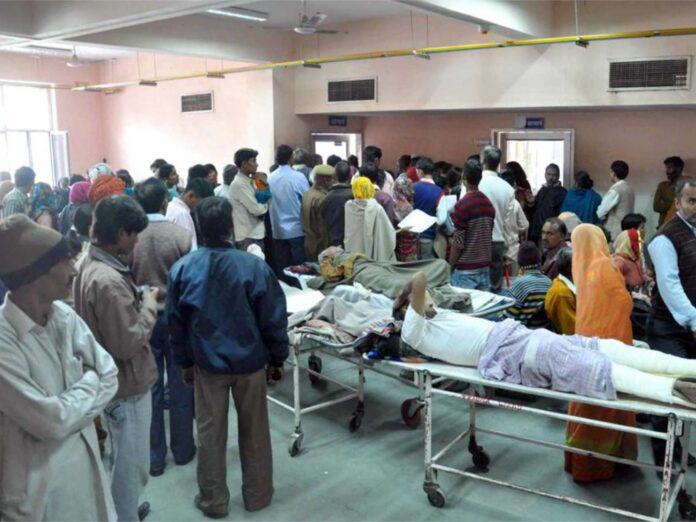Challenges and solutions for recruitment and retention
India faces significant challenges in recruiting and retaining healthcare professionals, which has resulted in a shortage of skilled workers in the sector. In this article, we will examine the challenges facing the healthcare workforce in India and potential solutions to address these issues.
Challenges facing the Healthcare Workforce in India:
Uneven distribution: The healthcare workforce in India is unevenly distributed, with a large concentration of healthcare professionals in urban areas. This has resulted in a shortage of healthcare workers in rural areas, where a majority of the population resides.
Low wages: Healthcare professionals in India are paid low wages compared to their counterparts in other countries. This has resulted in a brain drain, with many Indian healthcare professionals leaving the country to seek better-paying jobs abroad.
Lack of infrastructure: Many healthcare facilities in India lack basic infrastructure, such as clean water, electricity, and medical equipment. This has resulted in poor working conditions for healthcare professionals, which can make it difficult to recruit and retain workers.
Limited training opportunities: Healthcare workers in India often have limited access to training opportunities and continuing education. This can lead to a lack of skills and knowledge among healthcare professionals, which can affect the quality of care they provide.
Solutions for Recruitment and Retention of Healthcare Workers in India:
Improved working conditions: Improving working conditions for healthcare workers can help retain current staff and attract new workers to the field. This can include providing better infrastructure, equipment, and adequate compensation.
Investment in training: Investing in training and continuing education opportunities for healthcare workers can help improve their skills and knowledge, which can result in better quality care for patients. This can include offering scholarships, internships, and other training programs.
Incentives for rural practice: Providing incentives such as bonuses, housing, and other benefits to healthcare workers who practice in rural areas can help address the uneven distribution of the healthcare workforce in India.
Public-private partnerships: Public-private partnerships can help improve the healthcare workforce in India by increasing access to training and education, improving infrastructure and technology, and offering better compensation and benefits.
Use of technology: The use of technology can help improve access to healthcare services in remote areas, which can help address the uneven distribution of the healthcare workforce. This can include telemedicine, mobile clinics, and other innovative solutions.
Recruiting and retaining a skilled healthcare workforce is crucial for improving the health outcomes of the population in India. Addressing the challenges facing the healthcare workforce, including uneven distribution, low wages, lack of infrastructure, and limited training opportunities, will require multifaceted solutions. By improving working conditions, investing in training, providing incentives for rural practice, fostering public-private partnerships, and using technology, India can address the challenges facing the healthcare workforce and improve access to quality healthcare services for all.


